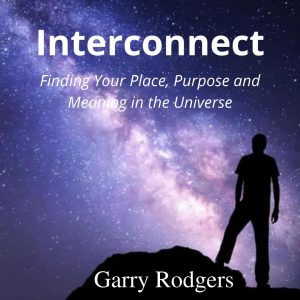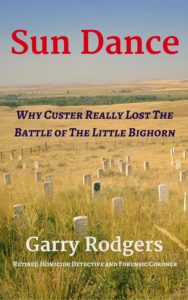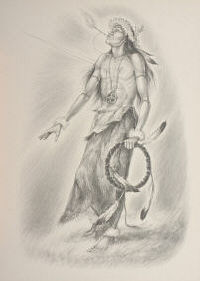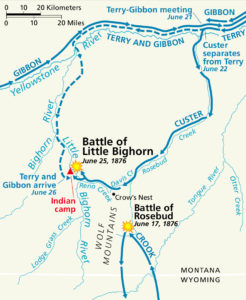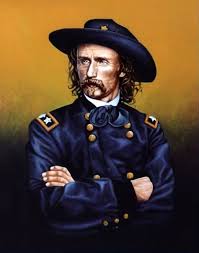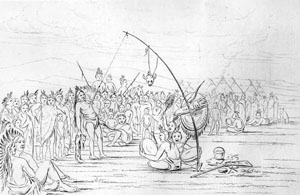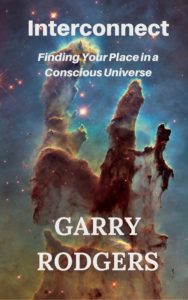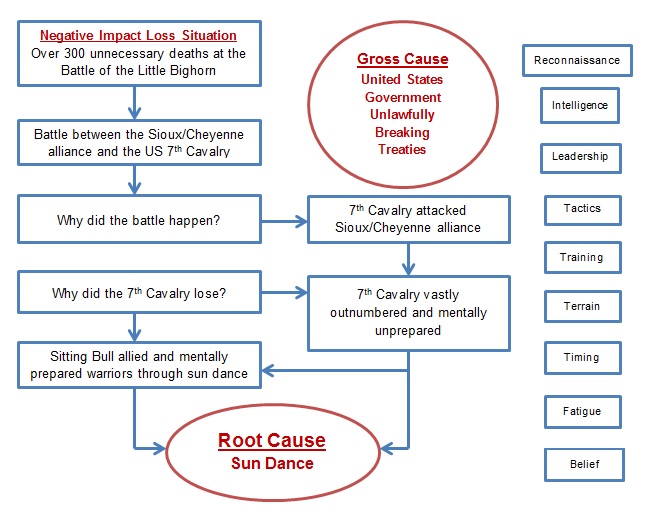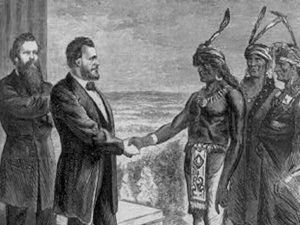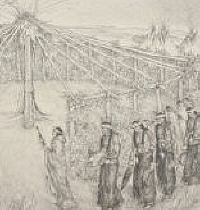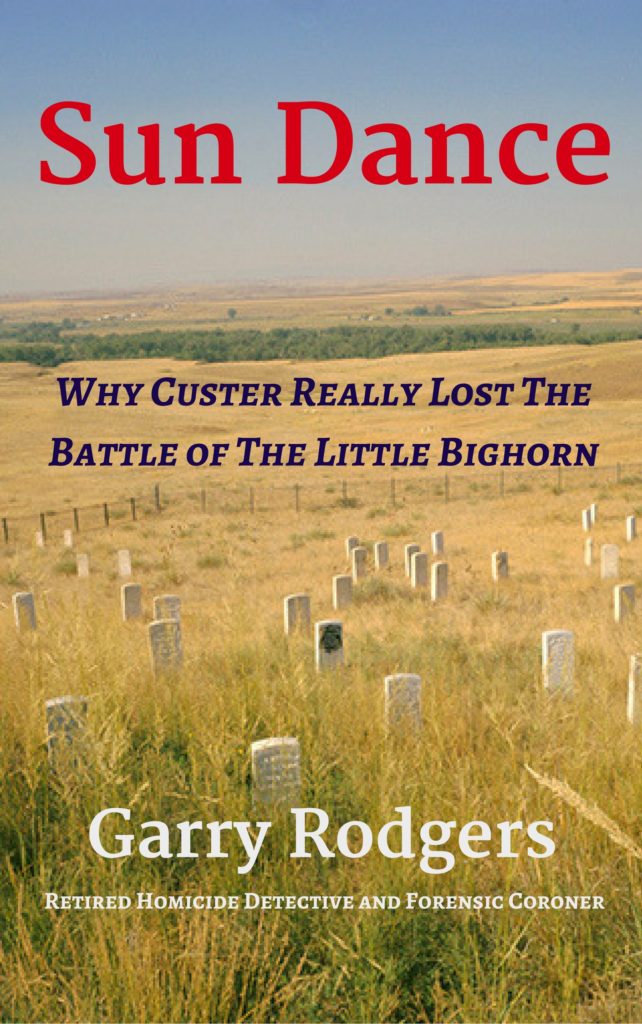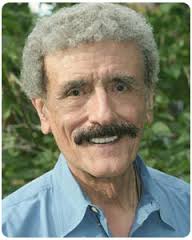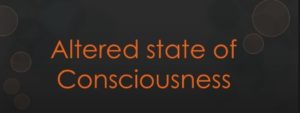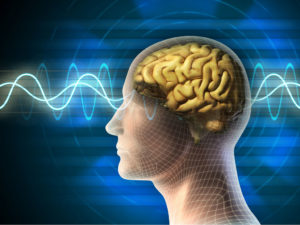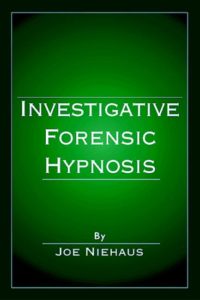This piece is downloadable in full-length PDF format by clicking the blue bar button at the screen’s top or as a Kindle eBook and PDF through links at the end.
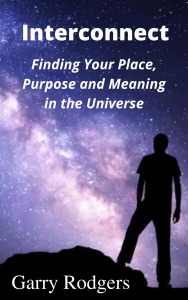 Once upon a time, a youth lay on their back and gazed in awe at the starry sky. The moon waned as a dim crescent—God’s Thumbnail, some call it—which let the universal brilliance of consciousness resonate in the youth’s eyes. Billions of fireballs blazed above, and countless more stars couldn’t be seen. The cosmos had cracked its coat. Like a galactic exhibitionist teasing eternal entropy, the universe flashed a perfect picture of order defying chaos and displayed an unbashful interconnection with all its occupants, including the star-gazing youth.
Once upon a time, a youth lay on their back and gazed in awe at the starry sky. The moon waned as a dim crescent—God’s Thumbnail, some call it—which let the universal brilliance of consciousness resonate in the youth’s eyes. Billions of fireballs blazed above, and countless more stars couldn’t be seen. The cosmos had cracked its coat. Like a galactic exhibitionist teasing eternal entropy, the universe flashed a perfect picture of order defying chaos and displayed an unbashful interconnection with all its occupants, including the star-gazing youth.
If you remember… that youth was you. Regardless if your years are still young, you’ve reached middle-age or are now advanced in time, the wonder of universal questions remains etched in your mind. Who are you? Where did you come from? Where are you going? And what is your interconnected place, purpose and meaning in the universe?
These are timeless queries people like you’ve asked since humans first consciously observed the heavenly heights. Long ago, your ancestors used their emerging awareness to question universal curiosities. It’s a natural thing for humankind to look for simple answers to straightforward questions and, no doubt, you’ve queried them many times during your earthly existence without receiving any clear response.
For centuries, sages and scientists pondered the meaning of existence within the universe. They’ve debated scientific theories and proposed philosophical solutions to deep puzzles boldly presented in the macro and micro worlds. You’ll find narrow common ground on who’s right and who’s wrong which leaves you to wonder what nature’s realities truly are.
Albert Einstein equated that science without philosophy was lame and philosophy without science was blind. That great scientific sage also spent the second half of his life looking for the Grand Unified Theory (GUT) that interconnects everything in the universe. That includes your place, purpose and meaning.
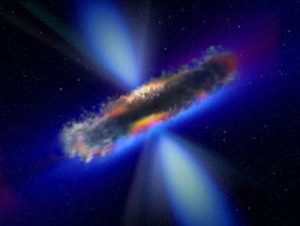 As wise and astute as Einstein was, he didn’t complete his mission of tying the universe into a nicely packaged bow. It’s not that he didn’t believe all parts of the universe were intrinsically interconnected. Einstein knew in his gut that all physical laws and natural processes reported to one central command. That, ultimately, is the universal dominance of consciousness that allowed your creation and will one day destroy you through eternal entropy.
As wise and astute as Einstein was, he didn’t complete his mission of tying the universe into a nicely packaged bow. It’s not that he didn’t believe all parts of the universe were intrinsically interconnected. Einstein knew in his gut that all physical laws and natural processes reported to one central command. That, ultimately, is the universal dominance of consciousness that allowed your creation and will one day destroy you through eternal entropy.
This isn’t a religious treatise you’re reading. No, far from it. It’s simply one person’s later-in-life reflection on three interconnected and universal curiosities. What’s your place? What’s your purpose? And, what’s the meaning in your life?
To find sensible suggestions, it’s necessary to dissect what’s learned (so far) of universal properties and what’s known about you as a human. You’re a conscious being housed in a physical vessel and controlled by universal principles. You had no choice in how you came to be here, but you certainly have choices now. Those include placing yourself in a safe and prosperous environment, developing a productive purpose and enjoying a rewarding meaning from the limited time you’re granted to be alive.
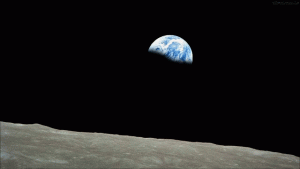 At the end of this discourse you’ll find a conclusion about your place, purpose and meaning in the universe. It might be one person’s opinion, but it’s based on extensive research and over six decades of personal experience. However, for the conclusion to make sense you need to take a little tour through the universal truths.
At the end of this discourse you’ll find a conclusion about your place, purpose and meaning in the universe. It might be one person’s opinion, but it’s based on extensive research and over six decades of personal experience. However, for the conclusion to make sense you need to take a little tour through the universal truths.
Ahead are a layman’s look at the origin of the universe, classical and quantum physics, chemistry, biology, anatomy, neuroscience and the life-changing principle of entropy. It’s also a dive into what’s not known about the biggest scientific and philosophical mystery of all—how consciousness manifests through the human brain and how entropy tries to kill it. Now, if you’re ready to interconnect with the universe, here’s what your place, purpose and meaning truly are.
The universe is enormous. It’s absolutely huge. There aren’t proper adjectives in the English language to describe just how big the universe really is. Perhaps the right word is astronomical which means exceeding great or enormous.
People often use the word “cosmos” interchangeably with “universe”. That’s not correct. Cosmos refers to the visible world extending beyond Earth and outward to the heavens. The universe incorporates all that’s in the macroscopic or outward realm, but the term also drills down and incorporates everything within the micro-regions of molecules, atoms and then into sub-atomic realities where quantum stuff gets seriously strange.
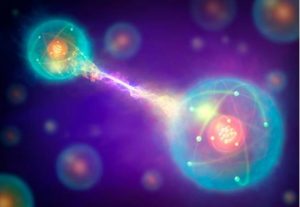 In Chemistry, Biology and Physics 101, you learned you’re created of energized matter built of complex material formed by atomic and molecular chains. So is every set-piece in the micro and macro universe. All visible matter contains material made of atomic structures that strictly obey standard operating procedures set down during the universe’s birth.
In Chemistry, Biology and Physics 101, you learned you’re created of energized matter built of complex material formed by atomic and molecular chains. So is every set-piece in the micro and macro universe. All visible matter contains material made of atomic structures that strictly obey standard operating procedures set down during the universe’s birth.
How that happened is explained by a few different theories. Religious accounts, depending on the flavor, hold that an omniscient supernatural power created the universe at will and for a vain purpose. Current scientific accounts dismiss all supernatural contribution and exchange it with a series of natural orders called the laws of physics and non-tangible processes of the universe.
Most scientists don’t attach an intentional purpose to the universe. They leave that to philosophers who tend to argue with abstract thoughts that aren’t backed by hard evidence. Then, there are those who think the universe is simply a grand thought.
No matter who’s right and who’s wrong, there are a few facts you can personally bank on. One is that you exist in a physical form and use consciousness to be self-aware. That includes knowing you have a place in the universe, a purpose for being here and there’s a meaning to your life.
As said, this isn’t a religious paper. Religion can be a matter of faith but, then, so can science. The difference is that science relies on direct observation, proven experiments and the ability to replicate results. Science also depends on building hypothesizes, turning them into theories and then certifying them as facts.
No particular physicist claims sole authorship of the Big Bang Theory. Currently, the Big Bang Theory is the leading account for the universe’s origin, and it’s generally accepted throughout the scientific community as being the best explanation—so far—of where your structural matter originated. It goes something like this.
In the early 1900s, an astronomer named Edwin Hubble (the space telescope guy) was busy measuring galactic light and came upon his profound realization that the observable universe was expanding. Not only was the universe growing, Hubble exclaimed, but it was also accelerating its expansion rate. That led to a logical conclusion that the universe must have started in a singular place and at a specific time.
 Some of science’s brightest folks worked on mathematical extrapolations and built the theory postulating that all matter and energy in today’s observable universe must have been once compressed in a singularity that exploded. That big bang started the time clock, created space, released energy and formed matter. It’s been growing ever since and, along the journey, you were created as an interconnected part.
Some of science’s brightest folks worked on mathematical extrapolations and built the theory postulating that all matter and energy in today’s observable universe must have been once compressed in a singularity that exploded. That big bang started the time clock, created space, released energy and formed matter. It’s been growing ever since and, along the journey, you were created as an interconnected part.
This sounds like a pretty big undertaking. It also sounds pretty far out to think everything in the known universe was stuck in the space smaller than an atom where it was exceedingly hot and heavy. Well, guys like Einstein and Steven Hawking accepted the Big Bang Theory as fact, although Einstein famously quipped, “God knows where that came from.”
Without any other scientific direction to go on, what you see in the universe got started from a single point and is enormously here in its present form and place. The best-educated guesses place the universe’s age at about 13.77 billion years, give or take a few hundred thousand. This rough age-estimate comes from measuring Cepheid Variable Pulsating Stars (CVPS) with the Hubble Space Telescope which has proven to be quite useful once NASA got its foggy lens fixed.
The size of the observable macro, or outer, universe is impressive. Current measurements find the most distant visible electromagnetic radiation to be 46 billion light-years from Earth. That’s in every direction where the radio telescopes pick up the Cosmic Background Radiation (CBR) signal. Astronomers believe the CBR is a leftover mess occurring about 300,000 years after the Big Bang. If the true universal distance radius is 46 billion light-years, then the entire trip across occupied space is around 92 billion light-years in diameter.
That is a massive distance. It’s gigantic, humongous and colossal. Light, which is electromagnetic radiation, travels at 186,000 miles per second or 300,000 kilometers per second. That means that in one year a light particle can travel 5.88 trillion miles or 9.5 trillion kilometers. Multiply that by 92 billion and you’ll see that it’s a long, long way across the visible universe.
That’s just the macro universe that astronomers can see with current technology. Most scientists agree they’ve only explored something like four to five percent of the visible universe, and there’s far more out there than known today. This is an ongoing search with exciting discoveries emerging all the time.
To get a feel of where your physical place is in the macro universe is, you’re on the surface of a planet called Earth. Your home base is 93 million miles or 150 million kilometers from the sun which is a common-type star. It takes eight minutes for light to leave the sun and meet your eyes. To put this distance in perspective, a light particle can circle the Earth seven and a half times in one second.
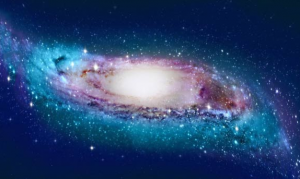 The solar system extends a long way out. Pluto, which has returned its classification into the planet family, is seven hours distant from the sun via light speed. Going further, your planetary arrangement orbiting the sun is in one part of your home galaxy called the Milky Way. The sun is approximately 30,000 light-years from the big black hole at the Milky Way’s center, and you’re actually closer to the nearest independent galaxy than you are to the Milky Way’s core.
The solar system extends a long way out. Pluto, which has returned its classification into the planet family, is seven hours distant from the sun via light speed. Going further, your planetary arrangement orbiting the sun is in one part of your home galaxy called the Milky Way. The sun is approximately 30,000 light-years from the big black hole at the Milky Way’s center, and you’re actually closer to the nearest independent galaxy than you are to the Milky Way’s core.
No one knows how many stars there are in the Milky Way. It’s a countless number. The current consensus is there may be a trillion stars in your home galaxy. Some astronomers feel there could be a trillion or more galaxies in the visible universe.
The Milky Way is part of a galactic bunch called the Local Group. These 54 assorted-shape star arrangements form part of a larger galactic collection known as the Virgo Supercluster. This is a big, big crowd but nowhere near what’s really going on out there.
Recent astronomical observations confirmed that beyond the Virgo Supercluster lies a monster called “Laniakea” which is Hawaiian for “Immeasurable Heaven”. This stupendous structure sits in a part of space called the “Zone of Avoidance” where the clouds of dust and gas are so thick that visible light is impossible to perceive. Astonishingly, Laniakea and the Virgo Supercluster are being pulled together across space and time by a behemoth force nicely titled the “Great Attractor”. No one knows what that force field is, but it’s powerful.
As you lay on the Earth’s surface and gaze at the starry sky, you’re not seeing reality. You’re only seeing light that left its emission point a long time ago. If you spot Andromeda, the only independent galaxy visible with your naked eye, you’re seeing that structure as it was two million years ago. For all you know, Andromeda may no longer exist.
The universe can play a lot of tricks on an observer. But one thing the universe never does is change its basic operating rules. Space, time, energy and matter follow strict laws that apply everywhere throughout the universe. Whether you’re on Earth, in Andromeda or around Laniakea, all fundamental forces behave the same way.
There are four fundamental forces in the entire universe—both in the macro and micro worlds. Those are electromagnetism, gravity, the strong nuclear force and the weak nuclear force. Space, time, energy and matter all adhere to these four forces from which many physicists have tried to find a common denominator to frame the Grand Unified Theory (GUT).
 So far, no luck. Einstein spent the second half of his life working on a unified theory. His intuition told him unification lay in an infinite pool of information which is the non-visible and non-tangible factor that gives space, time, energy and matter its direction. This information or intelligence principle certainly seems to be real, and it’s captured in the acronym STEMI for Space, Time, Energy, Matter and Information or intelligence. It might also be universal consciousness.
So far, no luck. Einstein spent the second half of his life working on a unified theory. His intuition told him unification lay in an infinite pool of information which is the non-visible and non-tangible factor that gives space, time, energy and matter its direction. This information or intelligence principle certainly seems to be real, and it’s captured in the acronym STEMI for Space, Time, Energy, Matter and Information or intelligence. It might also be universal consciousness.
Information permeates the entire universe. It somehow laid down the four forces emerging from the Big Bang and then made other rules or laws of physics which carried throughout the entire regions of reality. However, what the rules say about operating the outward cosmos are not exactly the same rules as those governing sub-atomics.
What directs your existence in the macro world adheres to classical or Newtonian physics. Down in the microcosm realm, though, your matter and energy have different masters. The wee parts of you behave according to quantum physics which are somehow interconnected back into classic physics and STEMI.
* * *
To read the rest of Interconnect and find the conclusion of what your place, purpose and meaning in the universe really are, follow these links for a free, full-length download. It’s a relatively short piece at 11K words and you might just find it quite worthwhile.
For a FREE PDF eBook of Interconnect – Finding Your Place, Purpose and Meaning in the Universe, please click here: Interconnect Manuscript PDF
(You can also click on the button in the blue bar at the top of the screen for a quick PDF download of Interconnect.)
For a FREE Amazon Kindle/Mobi eBook of Interconnect – Finding Your Place, Purpose and Meaning in the Universe, please click here: Interconnect Manuscript Amazon Kindle/Mobi
(This link will take you to my Amazon sales page where Interconnect is temporarily available as a FREE promotional Kindle eBook. I’d appreciate if you’d get a Kindle copy as this drives my Amazon ranking up. Thanks!)
If you have any difficulties downloading any efile type, please email me at garry.rodgers@shaw.ca and I’ll ship you an attached copy. Also, please feel free to share Interconnect. It wasn’t written as a money-maker. Rather, it’s a personal letter to myself in an attempt to figure it all out. Here’s one of the principle take-aways:







